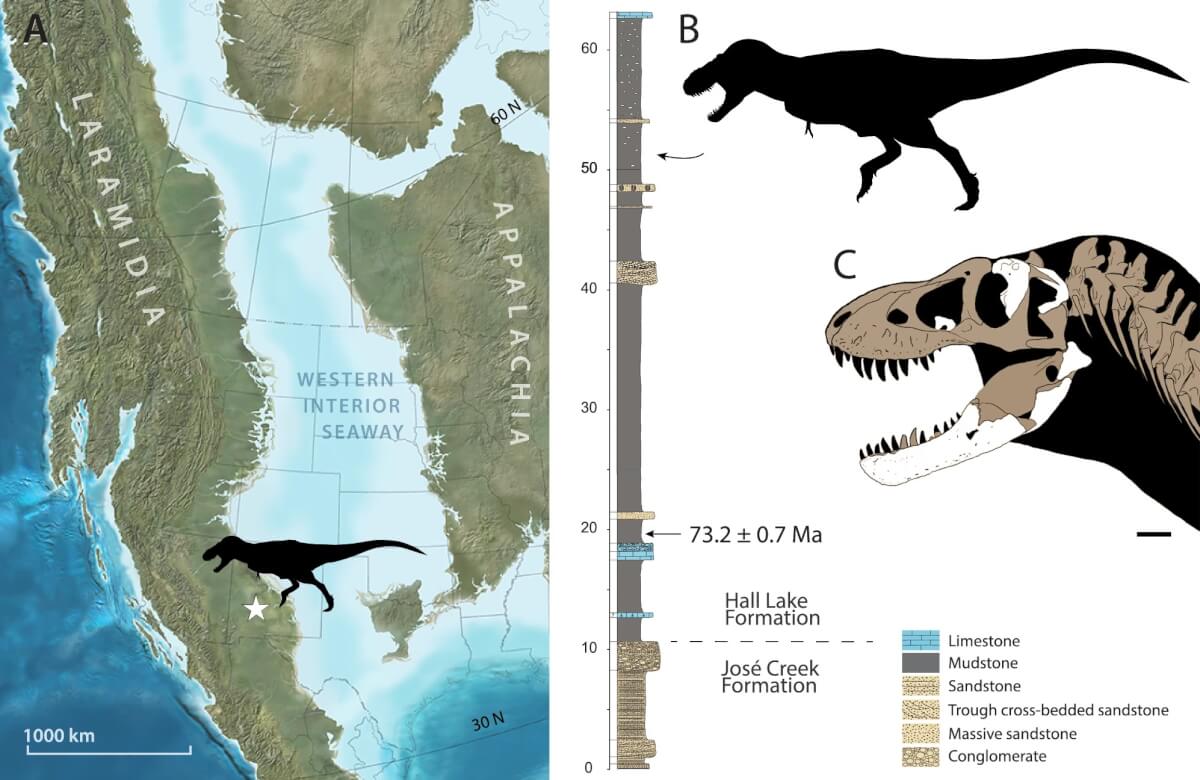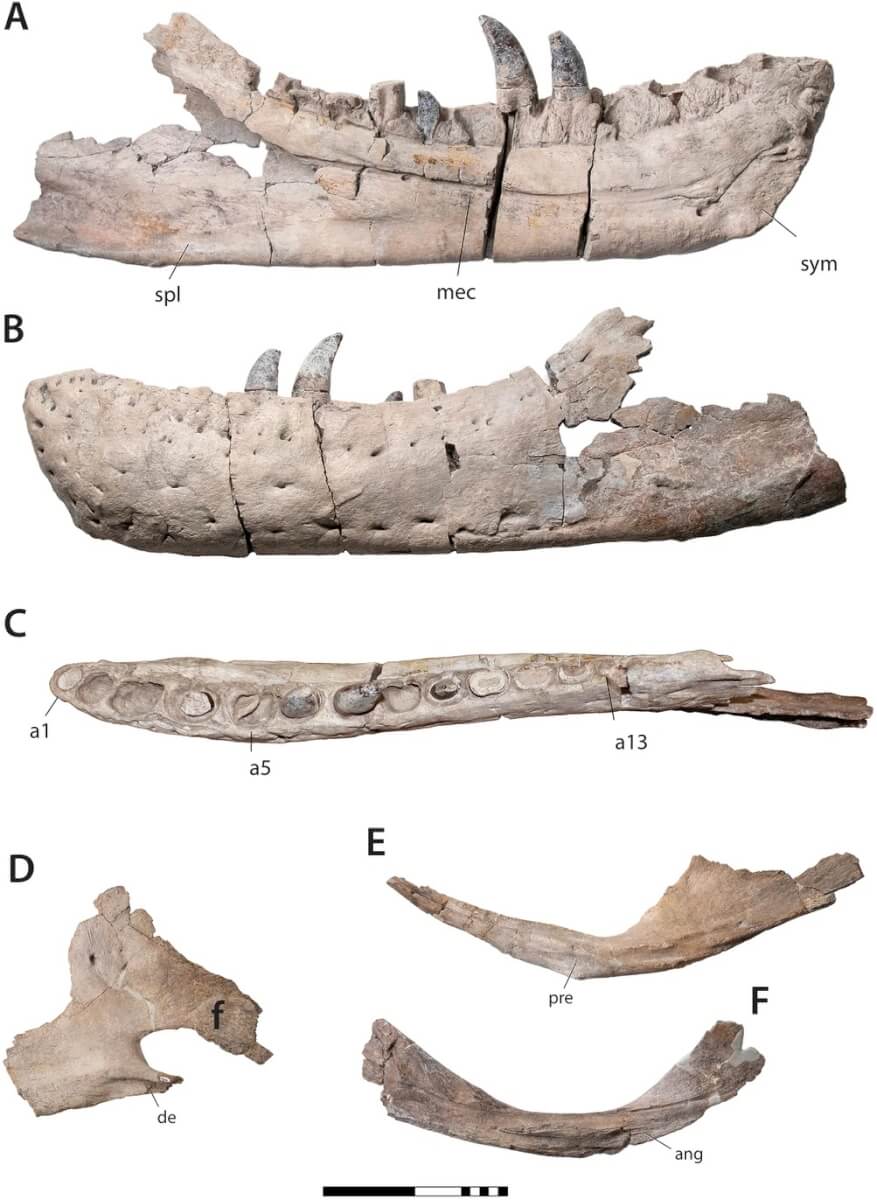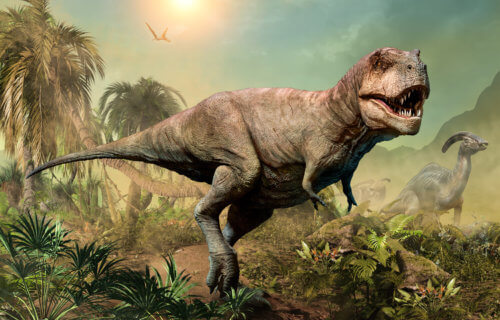ALBUQUERQUE, N.M. — In a groundbreaking discovery, paleontologists have identified a new species of tyrannosaur, which they believe could be the closest known relative to the iconic Tyrannosaurus rex.
The new species, named Tyrannosaurus mcraeensis, was uncovered by Sebastian Dalman and his team. The discovery was made in the Hall Lake Formation in New Mexico, where they examined a partially fossilized skull.
Initially, this skull was thought to belong to the T. rex, particularly since it was similar in size to the famous dinosaur, which could grow up to 40 feet long. However, upon closer inspection, subtle but distinct differences in the skull’s shape and the connections between the skull bones led the researchers to conclude it was a new species.

The age of T. mcraeensis is estimated to be between 71 and 73 million years-old. This means it lived roughly five to seven million years before the T. rex emerged. Study authors determined this new timeline by using the geological layers where they discovered the fossil and their relation to other dinosaur remains dating back between 66 and 75 million years ago.
Did you know that the Tyrannosaurus Rex lived about 68 million years ago during the Cretaceous period?
“Tyrannosaurid dinosaurs dominated as predators in the Late Cretaceous of Laurasia, culminating in the evolution of the giant Tyrannosaurus rex, both the last and largest tyrannosaurid,” researchers write in Scientific Reports.
“We report a new tyrannosaurin, Tyrannosaurus mcraeensis, from the Campanian–Maastrichtian Hall Lake Formation of New Mexico, based on a fossil previously referred to T. rex. T. mcraeensis predates T. rex by ~ 6–7 million years, yet rivaled it in size.”

The study suggests that T. mcraeensis and T. rex were “sister species,” sharing a very close evolutionary relationship. This connection is significant because it indicates that the Tyrannosaurini lineage, to which both these species belong, likely originated in southern Laramidia. Laramidia was an ancient island continent that existed from 100 to 66 million years ago, extending from what is now Alaska to Mexico.
Interestingly, the researchers propose that the Tyrannosaurini group, including the T. mcraeensis, evolved to giant sizes around 72 million years ago. This evolution coincided with the presence of other large dinosaurs in southern Laramidia, such as the horned ceratopsians, duck-billed hadrosaurs, and massive titanosaurs. The international team speculate that the growth in size of these tyrannosaurs was likely a response to the large size of the herbivorous dinosaurs they preyed on in the region.
You might also be interested in:
- Was the T. rex just a scavenger? Jurassic predators likely lived on leftovers
- T. rex fossil reveals dinosaur from 68 million years ago likely had a terrible toothache!
- ‘Jurassic Park’ wrong? T. rex had big lips that covered its fierce teeth
